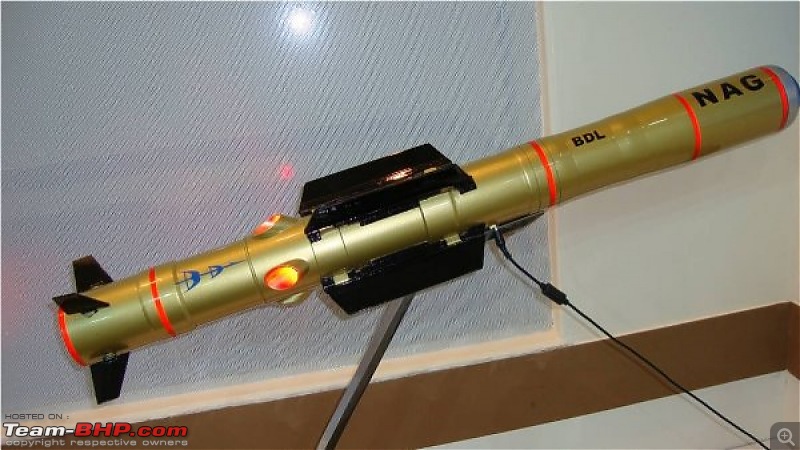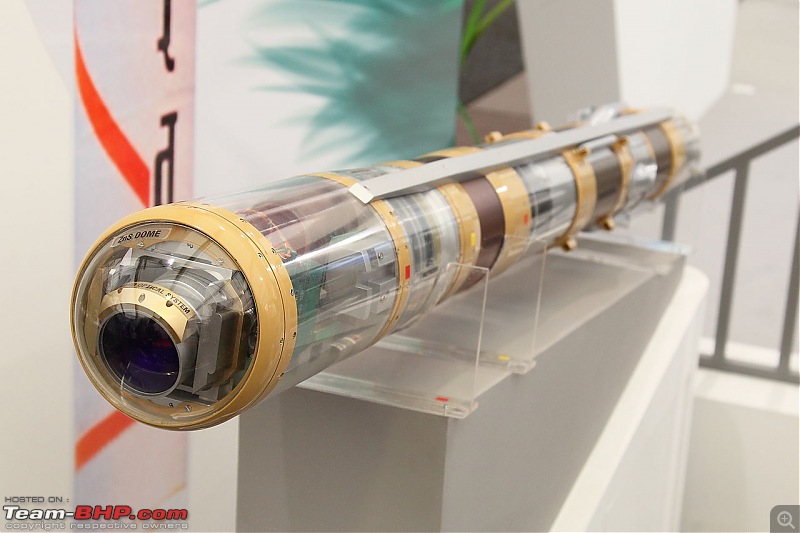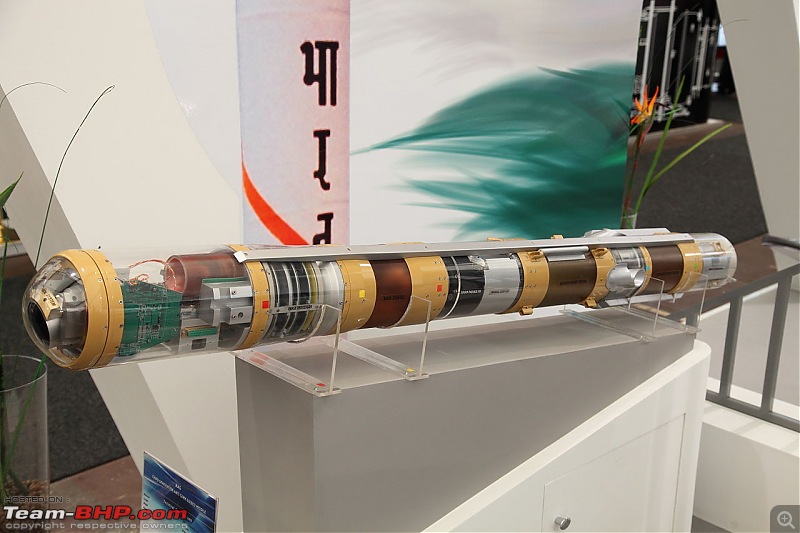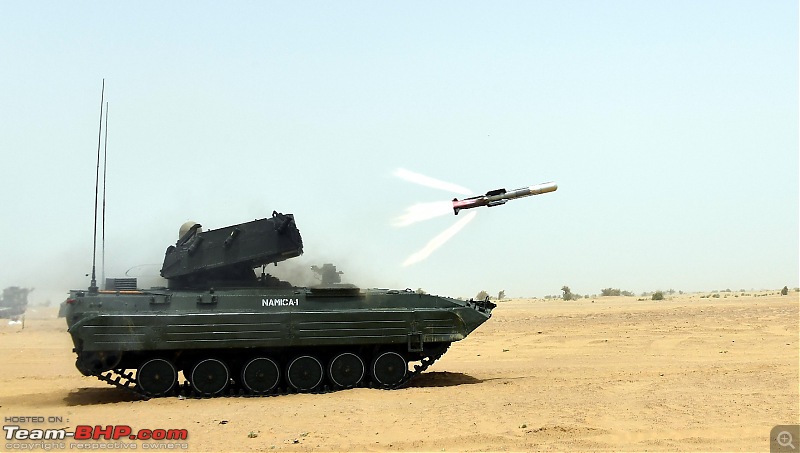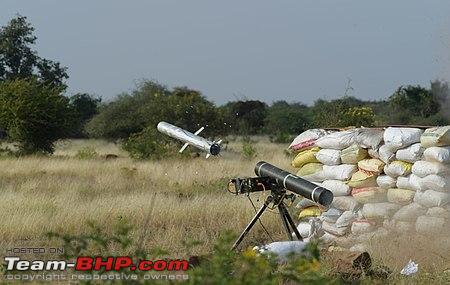| | #196 |
| BANNED Join Date: Jan 2021 Location: New Delhi
Posts: 285
Thanked: 2,001 Times
| |
| |  (2)
Thanks (2)
Thanks
|
| |
| | #197 |
| BANNED Join Date: Dec 2012 Location: bangalore
Posts: 788
Thanked: 2,506 Times
| |
| |  (4)
Thanks (4)
Thanks
|
| | #198 |
| Distinguished - BHPian  Join Date: Aug 2014 Location: Delhi-NCR
Posts: 4,184
Thanked: 68,165 Times
| |
| |  (6)
Thanks (6)
Thanks
|
| | #199 |
| Distinguished - BHPian  Join Date: Aug 2014 Location: Delhi-NCR
Posts: 4,184
Thanked: 68,165 Times
| |
| |  (11)
Thanks (11)
Thanks
|
| | #200 |
| Team-BHP Support  | |
| |  (3)
Thanks (3)
Thanks
|
| | #201 |
| Distinguished - BHPian  Join Date: Jan 2015 Location: Chennai
Posts: 1,875
Thanked: 8,949 Times
| |
| |  (1)
Thanks (1)
Thanks
|
| | #202 |
| Team-BHP Support  | |
| |  (4)
Thanks (4)
Thanks
|
| | #203 |
| Distinguished - BHPian  Join Date: Aug 2014 Location: Delhi-NCR
Posts: 4,184
Thanked: 68,165 Times
| |
| |  (44)
Thanks (44)
Thanks
|
| | #204 |
| BHPian Join Date: Nov 2021 Location: Ahmedabad
Posts: 31
Thanked: 179 Times
| |
| |  (6)
Thanks (6)
Thanks
|
| | #205 |
| Distinguished - BHPian  Join Date: Aug 2014 Location: Delhi-NCR
Posts: 4,184
Thanked: 68,165 Times
| |
| |  (19)
Thanks (19)
Thanks
|
| | #206 |
| Distinguished - BHPian  | |
| |
| |
| | #207 |
| BHPian Join Date: Apr 2019 Location: Bangalore
Posts: 535
Thanked: 3,836 Times
| |
| |  (2)
Thanks (2)
Thanks
|
| | #208 |
| BANNED Join Date: Jan 2021 Location: New Delhi
Posts: 285
Thanked: 2,001 Times
| |
| |  (2)
Thanks (2)
Thanks
|
| | #209 |
| Distinguished - BHPian  | |
| |
| | #210 |
| Distinguished - BHPian  Join Date: Aug 2014 Location: Delhi-NCR
Posts: 4,184
Thanked: 68,165 Times
| |
| |  (3)
Thanks (3)
Thanks
|
 |
Most Viewed





